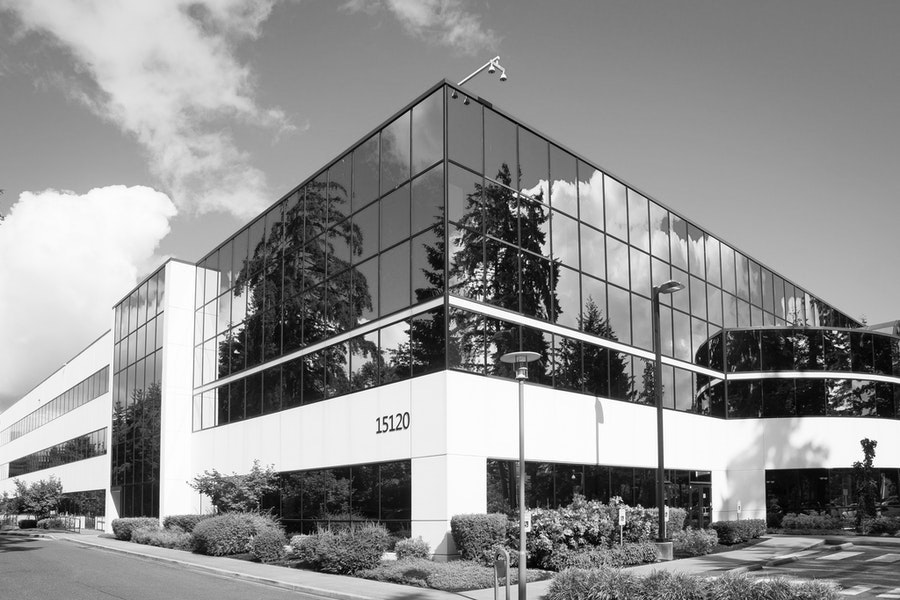As 2021 begins, the real estate world is starting to process and plan for the achievement of herd immunity in the United States – the moment when transmission of covid-19 cases ceases due to mass vaccination and acquired immunity. Whether that occurs in July or December is beside the point; after one of the most challenging years ever in commercial real estate, many can start to see the light at the end of the tunnel.
The planning under way is far-reaching in scope and will have many consequences (seen and unforeseen), which will indelibly alter the course of an industry markedly traumatised by the events of the last year. What is certain is that nothing is certain; commercial real estate will look wildly different in 2022 than it did in 2019.
One broader dynamic we foresee on the horizon is a coming wave of the ‘single-tenantisation’ of the commercial real estate market. What does this mean? To fully unpack this thesis, let us consider first the prevailing sentiment over the last year. Beaten by the unprecedented carnage of 2020 and vast restrictions and closures, the CRE industry has become very bearish on the mid-term outlook of the segment – for the purposes of this article, let’s assert that this applies to office and retail specifically, with industrial and multi-family being part of separate structural and cyclical trends that make them individually unique.
The desire to control the four walls of a retailer’s business will be a paramount consideration in the years ahead
Most market participants have underwritten protracted headwinds confronting retail and office in the years ahead. For retail, those winds are borne from the structural movement to online retail; for office, the structural impacts of the covid-19 pandemic, and its demonstration of the viability of broad remote work optionality. Market players have largely assumed these headwinds would result in decreased occupancy levels, lower prevailing rental rates, and constrained capital flows into the space (both debt and equity); no doubt a bleak outlook when considered on a wholesale basis.
However, we see a rising tide of a separate and unique possibility. Rather than a broad slog for the office and retail markets in the years ahead, we see an evolutionary and attrition-based model taking shape. In many ways such a trend was already under way before 2020, and was markedly accelerated and amplified by the pandemic.
For retail, our view is that the continuing fusion of bricks-and-mortar retail with online retail will take shape in a wave of new prototypes of retail concepts. These prototypes will be designed to offer a more seamless integration of online ordering and fulfilment, both for direct customers and app-based delivery services. Such new innovations are already being seen in many retailers with an emphasis on quick-service restaurants or QSRs (for instance Shake Shack’s introduction of a drive-through pick-up window), but the innovation represents only a fraction of what is to come.
Further, the wave of coming prototypes will be heavily skewed towards single-tenant stand-alone buildings. This is spurred by the interest in walk-in/drive-up optionality and the drive-through, and enhanced by the lessons retailers learned about public health and hygiene from the pandemic. The desire to control the four walls of a retailer’s business will be a paramount consideration in the years ahead. Consumers will want to know they are in a safe environment and retailers will continue to recognise that people only want to be in spaces that they need to be in. That thought process is unlikely to leave us for years to come.
In the case of the office market, the pandemic will etch into the mind of executives the value of controlling corporate office space and emphasising maximum flexibility. While multi-tenant office space looks certain to suffer on a national basis, single-tenant office space will soar in the years ahead. A Fortune 500 company may well elect to leave its 600,000 sq. ft space in a CBD office building and downsize to a 300,000 sq. ft single tenant facility in a growing urban submarket within the same market. In doing so, it can harness the ability to: control its real estate, design and manage its usage of the property, accommodate a more flexible workforce, and lower its costs. The temptation will be a difficult prospect for many executives to pass up, especially as many executives want their culture to come back to the office.
Consequently, single-tenant real estate in retail and office is likely to outperform market participants’ outlook in the years ahead.







